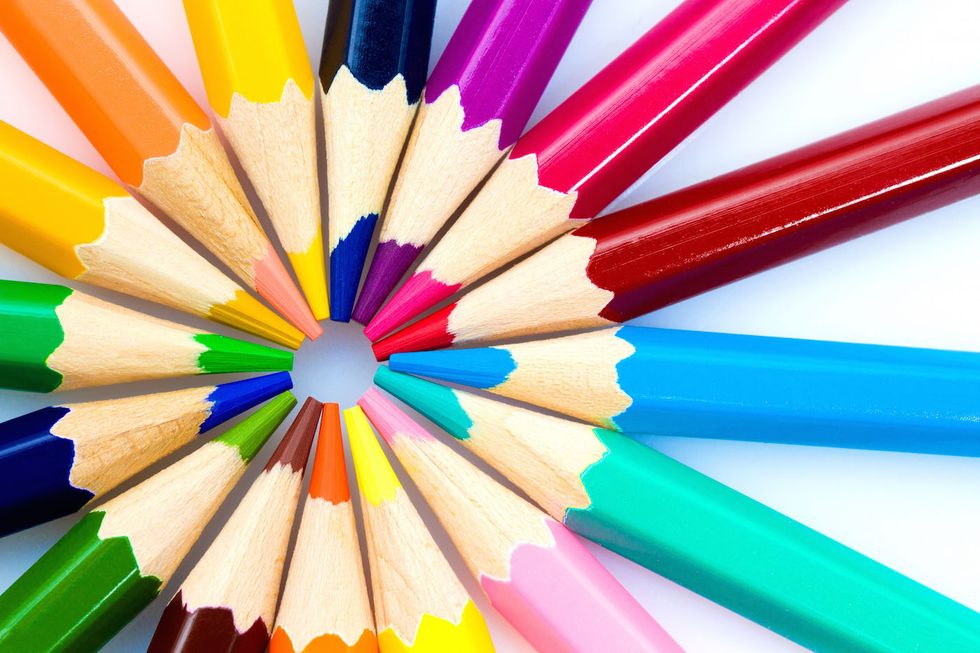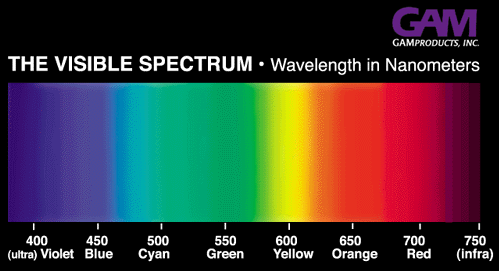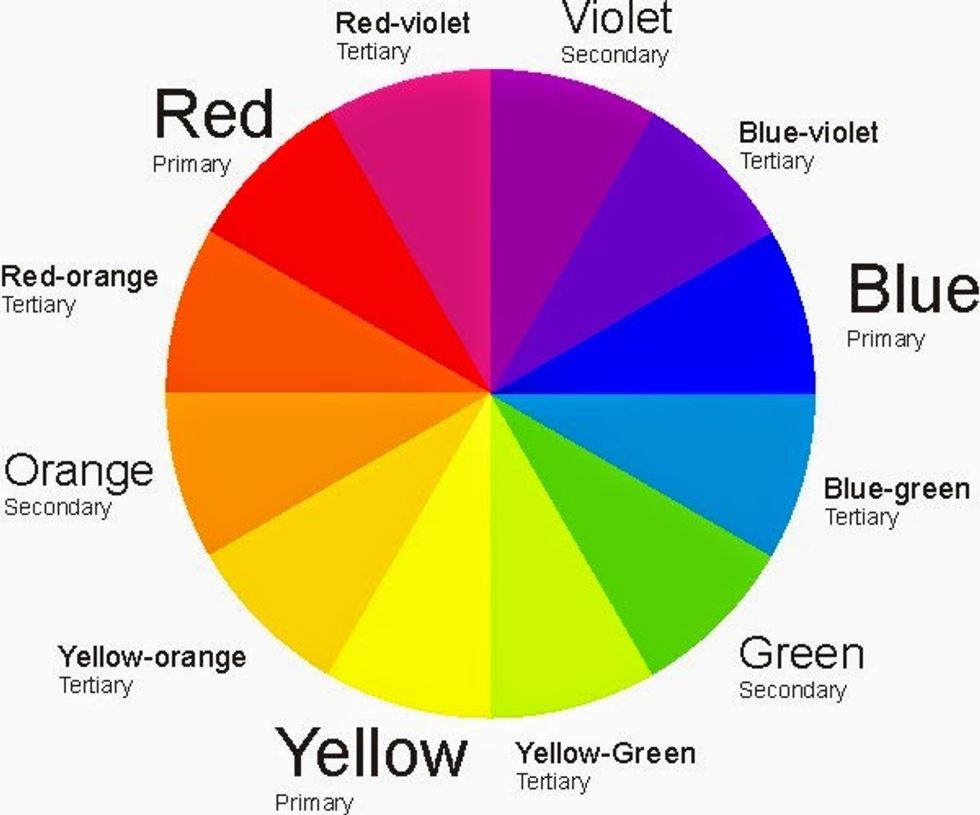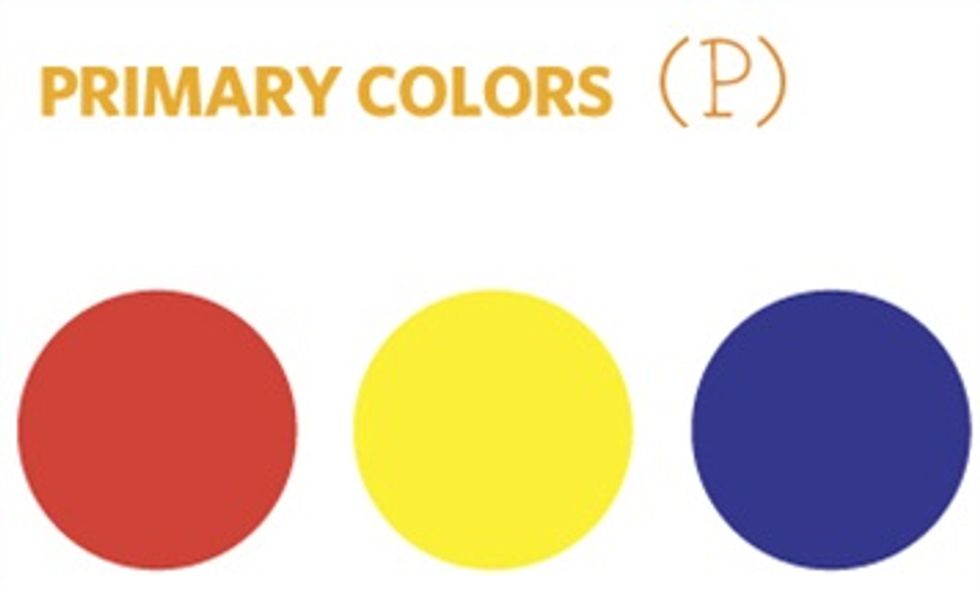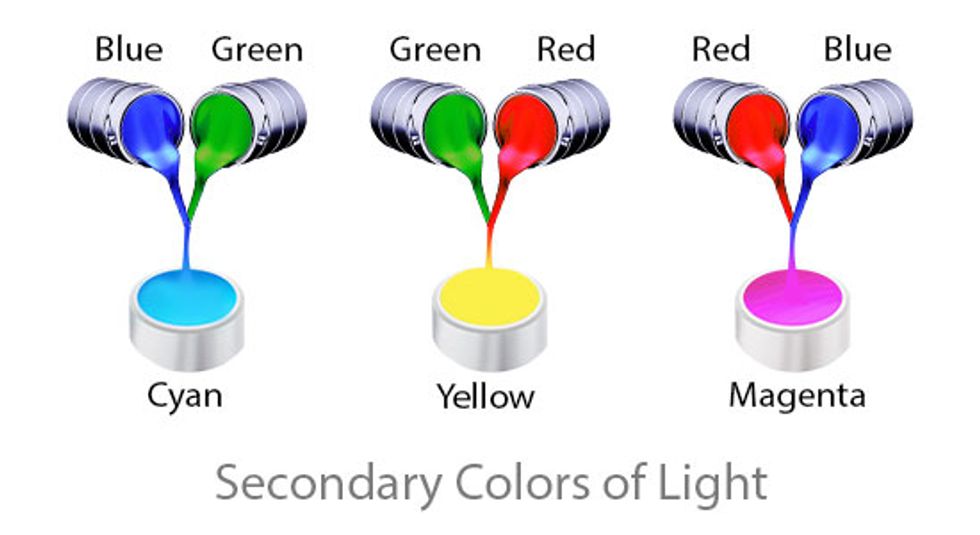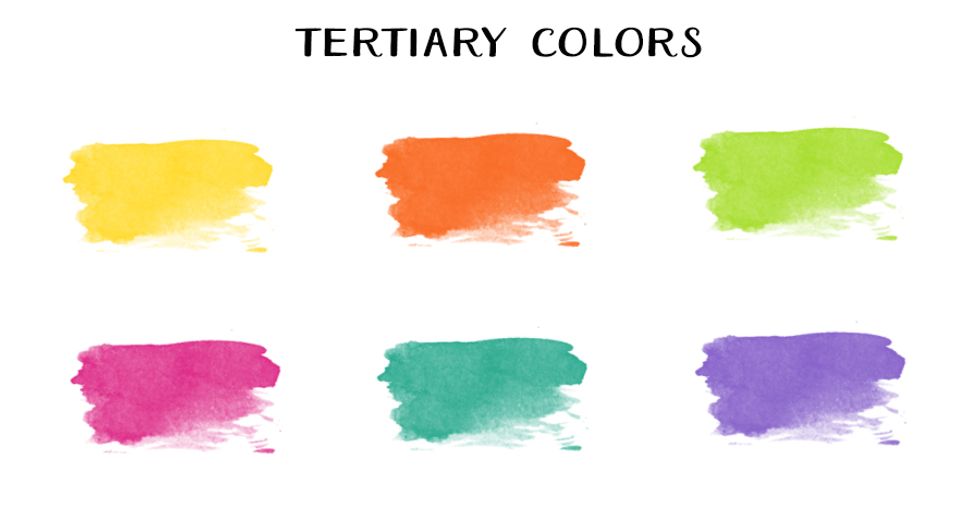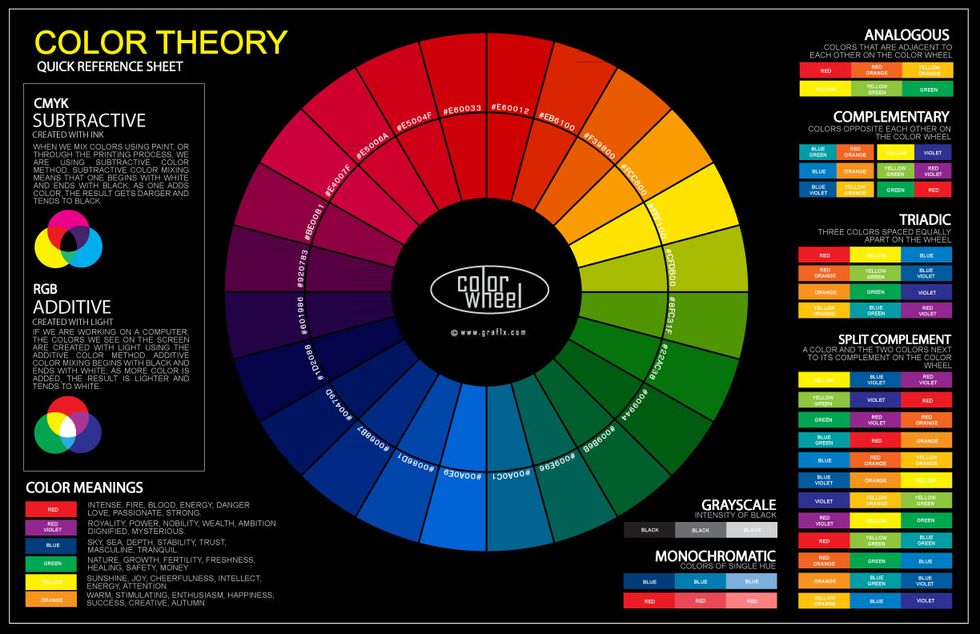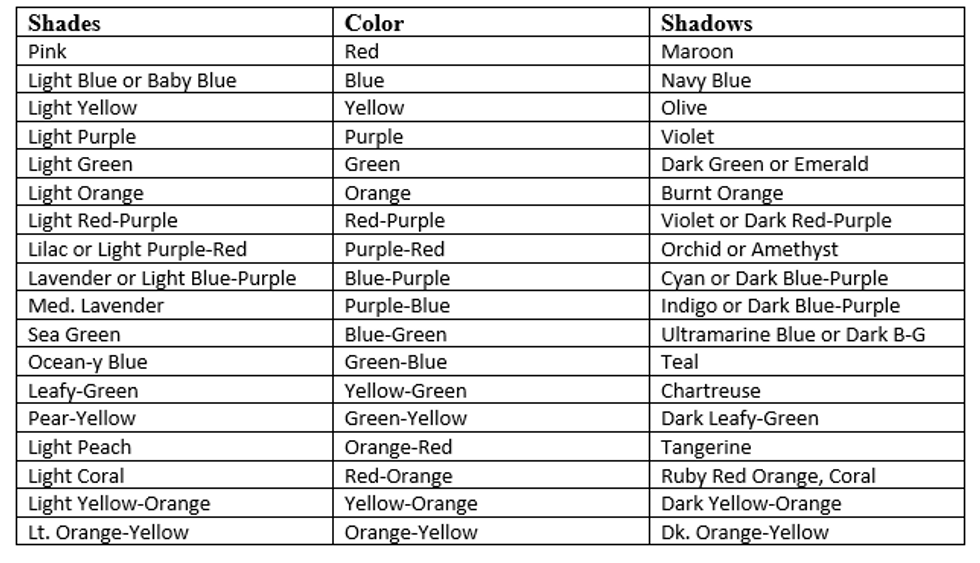A few years ago when I took art classes in high school, I learned to 'make' colors. This has helped me a lot when it came to matching my clothes, doing my makeup, and even painting my house. So, I thought I may share it with you. This can help you have some basic knowledge if you ever take a painting class.
What's Color? According to Merriam-Webster, Color is the property possessed by an object of producing different sensations on the eye as a result of the way the object reflects or emits light.
Color is classified into four different categories which are primary, secondary, tertiary, and complimentary. Colors are subdivided depending on how light or dark they are. Lighter colors are called shades and darker ones are called shadows. For instance, pink, a mix of white and red is a shade of red. Maroon a mix of black and red, is a shadow. Also, a tint is the mix of a color with black and white.
Primary Colors: Primary colors are the three basic colors. These colors are the most attractive to the eye. They are capable of creating other colors. But, they are not made from other colors. These are 100 percent pure. These three basic colors are red, blue, and yellow. Some artists add a fourth primary color, called Cyan. As it can be seen next to blue on the rainbow.
Secondary Colors are colors that are made out of mixing two primary colors. These colors are green, orange, and purple. Mixing even amounts of primary colors will give us a pure secondary color. Orange is the mixture of red and yellow. Green is the mixture of yellow and blue. Purple is created by mixing red and blue.
Tertiary Colors: these are colors made by mixing a secondary color with one primary and/or parent color. The following colors are tertiary: blue-green, green-blue, red-purple, purple-red, yellow-green, green-yellow, orange-red, red-orange, orange-yellow, yellow-orange, purple-blue, and blue-purple.
Complimentary Colors: these are colors that are located on the opposite side of a specific color in the color wheel or spectrum. This is the best way to match colors together to create a bold noticeable effect. Complimentary colors are paired as follows: blue and orange are compliments of each other. Blue is a primary color. Orange is made of mixing red and yellow, which are blue's primary counterparts. Red and Green are complimentary and so are Yellow and Purple. Tertiary colors compliment with another tertiary color. For instance, blue-purple is complimentary with orange-yellow. Blue is opposite to Orange, in the color wheel and so are purple and yellow. Follow, the same rule of thumb to find how tertiary colors compliment one another.
If, you don't like how complementary colors look together. You can pair a color with its analogous counterpart. Analogous Colors are the colors that sit side by side of another color. For instance, yellow-green, yellow, and yellow-orange sit next to one another in the color wheel.
In art, black is not considered a color but the absence of it. White is considered to be an excessive presence of light that overrides any other color. If we mix all colors in the color wheel or spectrum we will create black. Brown can be created by mixing either all primary colors together, or secondary colors together only, or all tertiary colors only. Brown may appear in a lighter shade when mixing primary colors only. When all tertiary colors are mixed brown appears at its darkest.
Some color wheel doesn't provide shades and shadows of each color in the spectrum; since black and white are not 'real colors'. Here's a list of shades and shadows of each color in the wheel.
Lastly, Gray is a mixture of White and Black. It can be darker or lighter depending on how much black or white is added.
I hope that you enjoy this information and find it useful.

